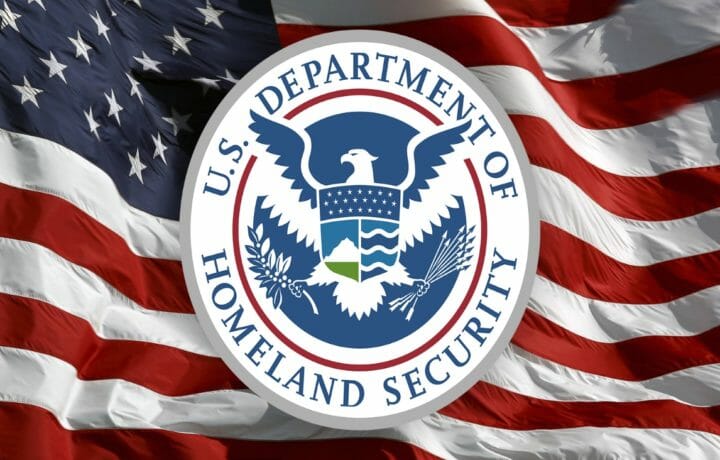According to the Department of Homeland Security (DHS), the United States shares 7,500 miles of land border with Canada and Mexico, along with rivers, lakes, and coastal waters. Monitoring this border presents huge challenges, which is why the Department of Defense (DoD) has been called in to help this year.
Since February, United States Navy intelligence, surveillance, and reconnaissance (ISR) aircraft, and at least one United States Air Force Lockheed U-2 “Dragon Lady” spy plane, have been carrying out surveillance flights along the U.S.-Mexico border. In addition, multiple U.S. Navy warships have been operating in the United States Northern Command (USNORTHCOM) area of responsibility.
Currently, at least one Arleigh Burke-class guided-missile destroyer is deployed in the Pacific, while another is in the Gulf of America or Caribbean Sea, to support the U.S. military and the Department of Homeland Security’s ongoing effort to address the border crisis.
In January, approximately 2,500 active-duty personnel had previously been deployed to the region. The additional troops will include 1,000 U.S. Army soldiers and 500 Marines previously placed on standby in Southern California to address the Los Angeles County wildfires if needed. Among the personnel were military police from multiple U.S. Army installations, including Fort Bliss, Fort Riley, Fort Cavazos, Fort Stewart, Fort Carson, and Fort Campbell.
The New York Times first reported that last week, DHS called for an additional 20,000 National Guard troops to help with border and immigration enforcement.
The National Guard Will Assist in Deportations
The National Guard troops won’t be patrolling the border but will aid in the deportation efforts. The department requested the personnel to “help carry out the President’s mandate from the American people to arrest and deport criminal illegal aliens,” DHS Assistant Secretary Tricia McLaughlin said in a statement on Thursday.
According to The New York Times, DHS asked the Pentagon to provide additional manpower to assist with the removal of migrants in the country without legal status. The DoD’s lawyers were reviewing the request. It called for state governors to provide volunteers from their Guard units. There are no details, however, on when this could begin or even when the call for volunteers could go out.
It is also unclear at this point what role(s) the National Guard would play—whether they could provide transportation and security for those migrants already detained or whether Guard personnel would be charged with detaining migrants and participating in the arrests. As NPR reported in February, Texas’s Republican Governor Greg Abbott authorized the Texas National Guard to make immigration arrests.
Will the National Guard be Federalized?
While governors would have to approve the plan, there has been speculation that President Trump could move to federalize the National Guard. However, the last time this occurred was in 1992, during the Los Angeles riots that were sparked following the Rodney King police beating trial.
However, this would not be the first time National Guard personnel have carried different missions. The Guard has supported law enforcement agencies, providing logistics, surveillance, and security, while units have set up temporary barriers and fencing.




